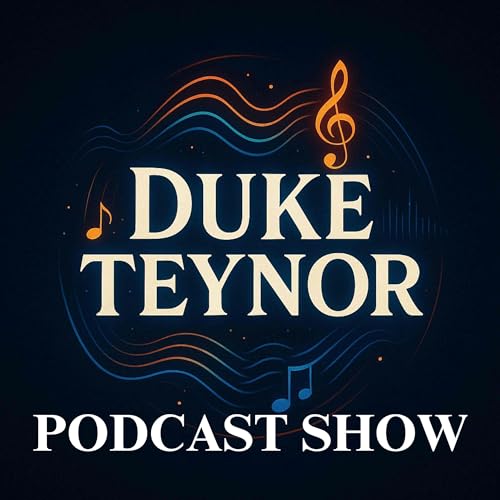Welcome back to Duke Tyner podcast, I'm Summer,and today we're pulling back the curtain on something special. We're talkingabout creating a Southern Rap song from scratch and launching that music videoon VEVO. This is the real deal, the whole process, start to finish.
First, let's talk about Southern Rap. Thisain't just hip-hop with a twang. Southern Rap carries the weight of culture,storytelling, grit, authenticity. Think OutKast, UGK, Three 6 Mafia, GoodieMob. That foundation matters. You're building on legends who put the South onthe map. Respect that lineage while creating something fresh, something thatrepresents your corner of the dirt roads and pine trees.
The beat comes first. Southern productionhas that signature bounce, heavy 808s, crispy hi-hats, sometimestrap-influenced, sometimes chopped and screwed. You want that head-nod factor.Work with producers who understand regional flavor. Sample soul records, bluesguitar licks, maybe some live instrumentation. Authenticity shines throughmusical choices. Don't fake the funk.
Lyrics tell your story. Southern Rap thriveson narrative, personality, local references. What makes your experience unique?Maybe it's small-town struggles, country roads meeting city streets, thatcontrast between tradition and progress. Write from truth. Listeners smell fakefrom miles away. Use vivid imagery, regional slang, metaphors rooted inSouthern culture. Make it visual, make it real.
Recording quality matters. Invest in properstudio time or quality home setup. Clean vocals, professional mixing, masteringthat competes with major releases. Your voice carries emotion, delivery,presence. Practice breath control, cadence variations, emphasis on punch lines.Layer harmonies, ad-libs, background vocals. Build texture and depth.
Now, the music video. VEVO distributionelevates your credibility, reaches massive audiences, provides professionalpresentation. But getting there requires planning. Start with conceptdevelopment. What's the visual story? Does it match lyrical themes? Southernaesthetics offer endless options: rural landscapes, urban grit, culturalcelebrations, historical references, contemporary commentary.
Location scouting sets the tone. Abandonedwarehouses, downtown streets, country backroads, local landmarks. Permitsmatter for public spaces. Budget determines production scale, but creativitytrumps money every time. Compelling visuals come from vision, not justexpensive equipment.
Hire experienced videographers whounderstand hip-hop cinematography. Shot composition, lighting, camera movement,editing rhythm—these elements transform good footage into professional content.Review portfolios, discuss creative direction, establish clear communication.Music videos are collaborative art.
Wardrobe and styling reflect brand identity.Southern Rap fashion ranges from streetwear to designer brands to workwearaesthetics. Consistency matters. Every visual choice communicates somethingabout your artistry. Coordinate colors, themes, accessories. Pay attention todetails.
Choreography and performance energydetermine video impact. Practice camera presence, movement, lip-sync accuracy.Bring authentic energy, not forced theatrics. Include supporting cast if budgetallows—dancers, extras, cameos. Build visual interest through varied shots,locations, scenes.
Post-production polishes everything. Colorgrading sets mood, editing maintains pace, effects enhance withoutoverwhelming. Review rough cuts, provide feedback, refine until satisfied.Quality control prevents embarrassment after release.
 3 分
3 分 22 分
22 分 5 分
5 分 2025/12/145 分
2025/12/145 分 2025/12/136 分
2025/12/136 分 2025/12/124 分
2025/12/124 分 6 分
6 分 1 時間 2 分
1 時間 2 分
